The Urdu script has a rich history in the subcontinent, born from the blending of Persian, Arabic, and Turkish languages. However, in recent decades, the use of Urdu has witnessed a decrease, with English becoming the dominant language in society. This shift has led to a decline in writing Urdu for everyday communication and a loss of its cultural significance but in the past few decades, we have developed another representation of languages and the traditional styles they used to be written. This modern annotation comes in the form of digital font designs, adorning our screens with their unique construct. In the previous articles we have discussed “primary Urdu font styles,” “primary categories for Urdu fonts,” and an extensive list of Urdu and Arabic fonts themselves. In this blog, we are going to list some of the well-known hands behind their creation, the Urdu font designers who played a significant role in the development of Urdu typography.
List of 8 Best Urdu Font Designers
Here we have put together a list of 8 famous Urdu typographers, type foundries, and font developers, who provided the basis for the flourishment of the Urdu script and its appearance in the digital world.
- Ahmed Mirza Jamil
- Syed Manzar Zaidi, Axis SoftMedia
- MehrType
- Inpage, Concept Software (Pvt.) Limited
- Reza Bakhtiarifard
- Sarem
- AlQalam
- AlFars
- Ahmad Mirza Jameel
- Syed Manzar Zaidi, Axis SoftMedia
- MehrType
- Inpage, Concept Software (Pvt.) Limited
- Reza Bakhtiarifard
- Sarem
- AlQalam
- AlFars
Ahmed Mirza Jamil
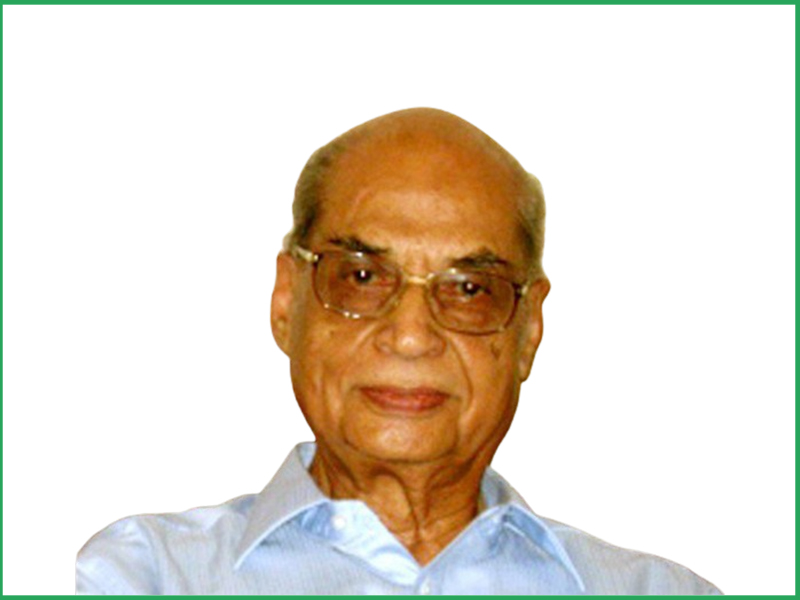
Ahmed Mirza Jamil, one of the most famous Pakistani calligraphers who played a revealing role in the development of the Noori Nastaliq font, which totally shook the Urdu publishing industry to its core. In 1981, he collaborated with Monotype Imaging to create the digital typeface, which replaced manual calligraphers in Pakistan, India, the UK, and other countries. The government of Pakistan recognized his achievement by designating Noori Nastaliq as an “Invention of National Importance” and awarding him the Tamgha-e-Imtiaz medal for that. In his book “Revolution in Urdu Composing,” he expressed his modern ideas about a future where Urdu authors can create and print their books swiftly and easily, free from the constraints of traditional calligraphy, without relying on manual calligraphers. He surely provided a basis for modern Urdu typography and definitely is a muse for today’s designers following his path.
| Name | Ahmed Mirza Jamil |
| Dates | February 21, 1921 – February 17, 2014 (aged 92) |
| Nationality | Pakistani |
| Occupation | Calligrapher, Printing Press Operator |
| Worked for | Monotype |
| Known For | Creation of Noori Nastaliq font for the Urdu language |
| Awards | Tamgha-e-Imtiaz (Medal of Distinction) by the Government of Pakistan (1982) Doctor of Letters, Honoris Causa degree, awarded by the University of Karachi |
Syed Manzar Zaidi, Axis SoftMedia

Syed Manzar Hasan Zaidi is a well-known Indian businessman and humanitarian known for his incredible work designing and developing unique Urdu fonts and evoking calligraphy. He established a font foundry named Axis SoftMedia in 1992. It was one of the early companies to design unique Urdu TrueType along with many OpenType fonts. Explaining the significance of Urdu, he said it was closest to his heart since he was just a child. However, this sweet language couldn’t keep pace with shifting trends in the digital world just like most of the Indo-Aryan languages. This got on his nerves thus encouraged him hard to enable the digitization of Urdu in the form of beautiful fonts. Some of his most famous fonts, that shifted the tide of typography include Amar Nastaliq. This elegant font helped advance Urdu publishing on many levels. This font is used by different media companies to include Urdu in programming graphics and display tickers. Syed Manzar to this day continues his journey to innovate and develop the Urdu language with his thorough font research and work.
| Founder & CEO | Syed Manzar Hasan Zaidi |
| Nationality | Indian |
| Company | Axis SoftMedia Inc. |
| Founded | 2005 |
| Industry | Software Development |
| Focus | Typesetting solutions for complex languages |
| Awards | Excellence in Urdu Computing (2009)Contribution in Urdu (2007)Mohammad Ali Johar Urdu Computing Award (2012)Digital Calligraphy Award (2012)Promotion and Digitization of Urdu Language (2012)Momento of Appreciation (2013)NABA Award (2015)Outstanding Innovation Award (2015) |
MehrType
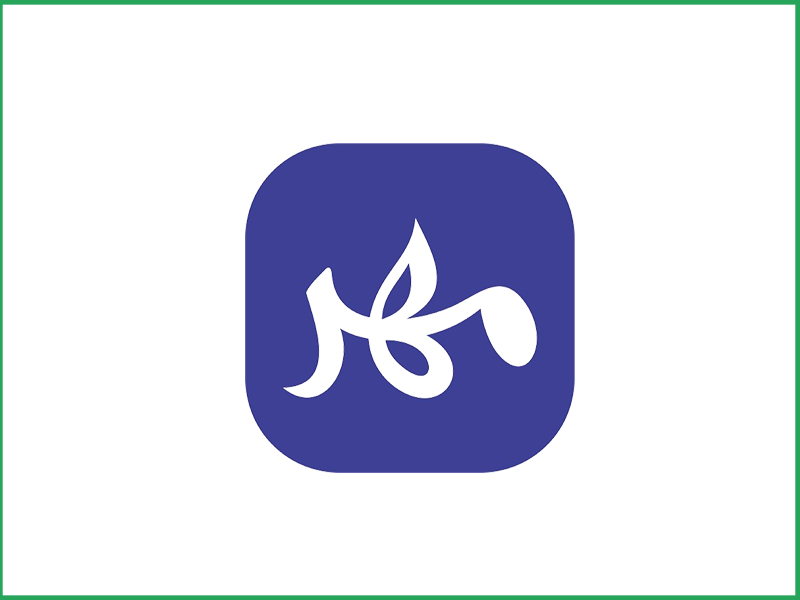
Mehr Type is a leading Urdu font foundry, headquartered in Lahore, Pakistan. It specializes in generating customized traditional, multilingual, and modern fonts. Their unmatched expertise in Urdu, Arabic, Persian, and RTL-supported Arabic scripts is responsible for setting them apart from other type foundries. With a remarkable track record that started almost 40 years ago, Mehr Type has grown extensive experience in calligraphy, modern typography, and font creation and development. They provide a wide range of services to their customers including personalized font development, calligraphy, font selling services, and even typography services in several styles. These may include traditional and modern Nastaliq, Kufic, Naskh, and more. Their expert graphic designing team and font designers can also offer you a wide range of graphic design facilities. At Mehr Type, artistry, tradition, and innovation are blended to deliver top-tier Arabic and Urdu fonts. From Nastaliq Jali and Nastaliq Khafi to Naskh, Thuluth, classical Kufic, and others, each typeface reflects Nasrullah Mehr’s calligraphy tradition as well as their type design experience.
| Founders | Nasrullah Meher Sahib and Muhammad Zeeshan Nasr |
| Location | Lahore, Pakistan |
| Mission | To preserve and digitize the calligraphy styles of renowned masters, with a particular focus on the Nastaliq script. |
| Products | Mehr Nastaliq Web font with other publicly available typefaces |
| Awards | Exhibition Organized by Khushab Art Society (1996) Second prize awarded to Anees Shah Encouragement Award from Babar Ali Foundation (1997) 2nd International Exhibition of Calligraphy (1998) by Calligraphers and Artists Guild: First prize |
Inpage, Concept Software (Pvt.) Limited
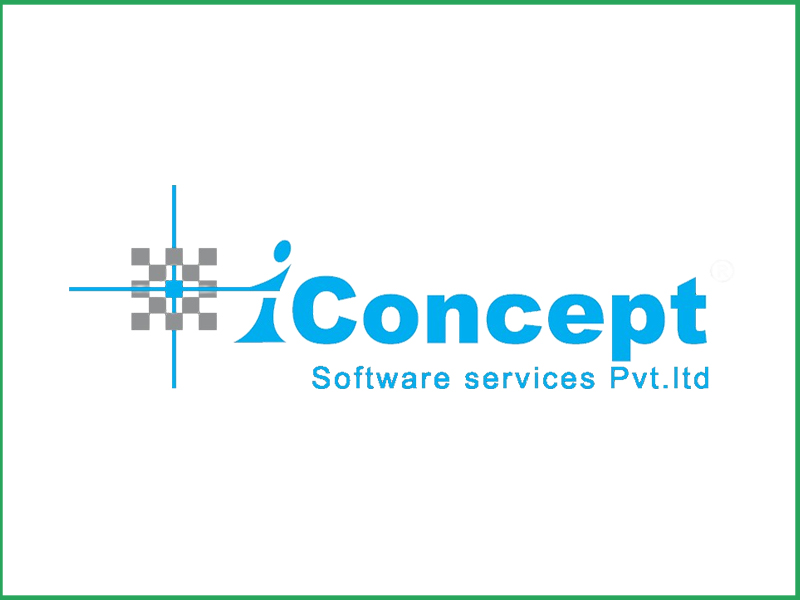
InPage is a word processor and page layout software by Concept Software Pvt. Ltd., an Indian information technology company. It is used for various languages being used in the subcontinent like Urdu, Balti, Balochi, Arabic, Burushaski, Pashto, Sindhi, Persian, Punjabi, and Shina under Apple Mac and even Windows. It was initially developed in 1994 and mainly used for creating web pages for Urdu, using the classical Nashtaliq style of Arabic script. InPage is designed for creating documents in Urdu using the Nastaliq script with a vast ligature library, providing a more faithful representation of handwritten calligraphy compared to other Urdu software on the market. Developed in 1994 by an Indian software development team in collaboration with a UK company, InPage aimed to address the issues of non-availability and non-WYSIWYG nature of text entry in the Noori style of Nastaliq. InPage has been widely used in Pakistan and India, with millions of PCs running the software, and has also been marketed and sold legally in the UK and India. The latest version of InPage, Version 3, is Unicode-based and supports more languages, including Arabic, Saraiki, Urdu, Persian, and Pashto, in addition to Sindhi and Hazaragi.
| Developer | Concept Software Pvt. Ltd and Multilingual solution |
| Initial Release | 1994 |
| Platforms Supported | Windows, macOS |
| Languages Supported | Urdu, Arabic, Balti, Balochi, Burushaski, Pashto, Persian, Punjabi, Sindhi, Shina |
| Script Style Supported | Nastaliq (‘hanging’ calligraphic) style of Arabic script |
| Fonts Developers | Axis SoftMedia |
| Features | Unicode-based, support for more languages, addition of other Nastaliq fonts with Kasheeda, etc. |
Reza Bakhtiarifard

Reza Bakhtiarifard is a famous Iranian typographer and graphic designer. Born in 1990 in Tehran, Reza developed a passion for Arabic art and calligraphy at a very young age which inspired him to pursue graphic design studies. He became deeply interested in Arabic calligraphy, focusing on typographic projects during his education and career. Between 2009 and 2014, he studied typeface design at the Vije Institute of Visual Communication in Tehran. Alongside digital typography skills in Farsi and Arabic, he mastered calligraphy styles like Moalla, Thuluth, and Nastaliq. Graduating from Vije and the School of Visual Communication & EITTC University, Bakhtiarifard also shared his expertise through workshops on music cover typography and bilingual logotype design. His talent has been acknowledged with awards, including Certificates of Typographic Excellence from the Type Directors Club and a 3rd Prize in the Granshan Competition for Typeface Design in 2022.
He is a proud designer of Arabic/Persian fonts including Milad (2013), Novin Web (203, with Hirbod Lotfian), Ravi (2013, released by 29LT), Sheed (2014), Shafigh Bakh (2014), and Roya Bakh (2014). In 2015, he also developed Yekan Bakh, Chista UI, and handmade Leila. Moreover, he worked with Omid Emamiam to design the beautiful Farsi typeface Vazeh Quranic in 2017.
| Name | Reza Bakhtiarifard |
| Birth Year | 1990 |
| Origin | Tehran, Iran |
| Education | Typeface design at Vije Institute of Visual Communication, Tehran (2009 – 2014) School of Visual Communication & EITTC University, Tehran |
| Specialization | Arabic calligraphy, typographic projects, graphic design |
| Calligraphy Styles | Moalla, Thuluth, Nastaliq |
| Notable Fonts | Milad (2013), Chista UI (2015), Ravi (2013, released by 29LT), Novin Web (2013, with Hirbod Lotfian), Roya Bakh (2014), Novin Web (2013, with Hirbod Lotfian) |
| Awards | Certificates of Typographic Excellence from the Type Directors Club 3rd Prize in the Granshan Competition for Typeface Design in 2022 |
Sarem

Sanaullah Mangnejo Sarem is a talented Sindhi font designer who has made over 300 fonts for the Sindhi language. These fonts belong to different genres of classical Arabic scripting offering different purposes including typography, heading, and calligraphic applications. These creative fonts can be seen in Sindhi newspapers, channels, publications, and websites. Saram started creating fonts in 2008 and has made them available for free despite being offered money multiple times. The names of his fonts reflect his love for Sindh and its people. The font names are all inspired by famous Sindhi writers, intellectuals, researchers, and poets. Recently, new fonts with multi-lingual support have been released by various literary, intellectual, and religious personalities. Saram’s fonts have made Sindhi computing rich in terms of numbers and have also distinguished it from other languages, with the first full-bleeding font in Arabic script being created specifically for the Sindhi language. Sarem has also released a Sindhi language keyboard that allows for easy writing of complete Sindhi and Arabic languages without changing the keyboard. Young people like Sarem are valuable assets to Sindh, serving their language without the lust for money. These Sindhi fonts are widely available on various sources online, waiting for you to use them as you please.
| Name | Sanaullah Mangnejo Sarem |
| Profession | Font Designer |
| Date of Font Creation | 2008 |
| Number of Fonts | 200 to 300 |
| Availability | Free for commercial use |
| Naming Convention | Fonts named after Sindhi writers, intellectuals, researchers, poets, modern Sindhi computing personalities, villages, cities, and immortal characters of Sindh |
| Recognition | Fonts widely used in Sindhi newspapers, channels, publications, and websites. |
| Unique Features | First full-bleeding font in Arabic script for the Sindhi language |
AlQalam
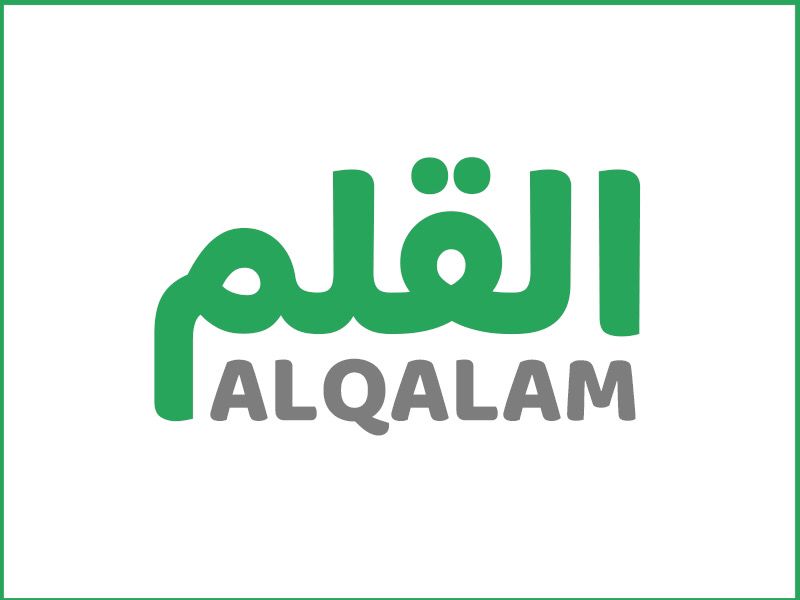
AlQalam is a beautifully crafted, stylish font family designed by Attari Qadri, Syed Abrar Hussain Shakirulqadree, and Muhammad Ishtiaq Ali Attari, Pakistani Calligraphers and type designers from Faisalabad. AlQalam comprises more than 50 versatile font families, perfect for your various creative endeavors. These fonts have their roots buried deep in classical Arabic scripting languages and methods including Naskh, Nashtaliq, traditional Ruq’aa, and Kufic styles. You can visibly sense their influence in these font families. From floral font AlQalam Tafseer and cartoon-style Alqalam Mujeeb to condensed AlQalam Ishtiaq, these fonts with their different personalities embellish the screens in their unique way. Moreover, the free-of-cost accessibility on the internet makes them an ideal choice for professional as well as amateur designers to satisfy their various artistic needs with AlQalam fonts. However, the less availability of information on their honored designers and developers makes it harder to give them credit precisely. So, if any chance they are reading this, they can contact us at Urdu Fonts.com for their fair credits.
| Font Family Name | AlQalam |
| Designers | Attari Qadri, Syed Abrar Hussain Shakirulqadree, Muhammad Ishtiaq Ali Attari |
| Origin | Faisalabad, Pakistan |
| Number of Font Families | More than 50 |
| Styles | Naskh, Nashtaliq, Ruq’aa, Kufic |
| Special Fonts | AlQalam Tafseer (floral), AlQalam Mujeeb (cartoon-style), AlQalam Ishtiaq (condensed) |
| Accessibility | Free-of-cost availability on the internet |
AlFars
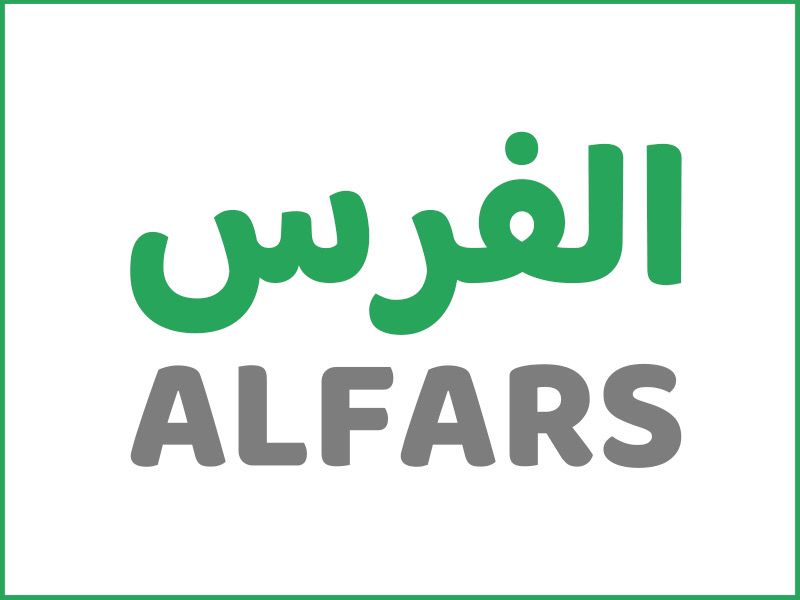
AlFars is an extensive font family with over 100 sub-families ranging from a variety of styles and scripting methods. AlFars fonts are designed by Syed Irtiza Hassan Rizvi, however, there isn’t much data available on this incredible font designer himself who has provided us with a beautiful and broad range of diverse digital font designs. These fonts with the support for various languages including Urdu, Arabic, Persian, and more, have adorned our screens for over a decade with their modern yet classical influence. Each font has a unique identity and, therefore, is applicable to a variety of applications. From decorative UI/UX designs for mobile apps and games to branding, advertising, symbols, creative projects, and much more, these fonts serve all. Moreover, their free-of-cost availability on the internet makes them a perfect choice for skilled as well as amateur designers to fulfill their various creative needs with AlFars fonts. However, the less availability of information on their proud designer and developer Syed Irtiza Hassan Rizvi makes it hard to give him credit rightly. So, if they are reading this, they can contact us at Urdu Fonts.com for their rightful credits.
| Designer | Syed Irtiza Hassan Rizvi |
| Nationality | Pakistani |
| Age | 53 years |
| Education | Graduation in Commerce Diploma in Computer Sciences Specialization in Religious Education in Fiqh and Usul |
| Other Subjects | Philosophy, Logic, Tafseer, Qur’anic Sciences, Arabic Grammar, and many other Islamic subjects |
| Font Family Name (trademark) | AlFars |
| Number of Sub-Families | Over 100 |
| Accessibility | Free-of-cost availability on the internet |
Final Thoughts
In the ever-changing world of automation and digitization, steps need to be taken to conserve the presence of Urdu and classical Arabic scripts in digital media. In an attempt to achieve that, some prominent names provided the basis to convert Urdu/Arabic from mere languages used to adorn pages to dialects to brighten your screens in the form of fonts. Names like Ahmad Mirza Jameel, Mostafa El Absairy, and Reza Bakhtiarfard made that happen. They bring back the diminishing charm of Urdu and other classical scripting languages with their artistic approaches to revive them on digital screens. Today, these fonts are being used by thousands of artists, designers, publishers, and more to display their artworks in a more sophisticated manner, pitching the idea without explaining it and giving a loud voice to the letters and silent words.



